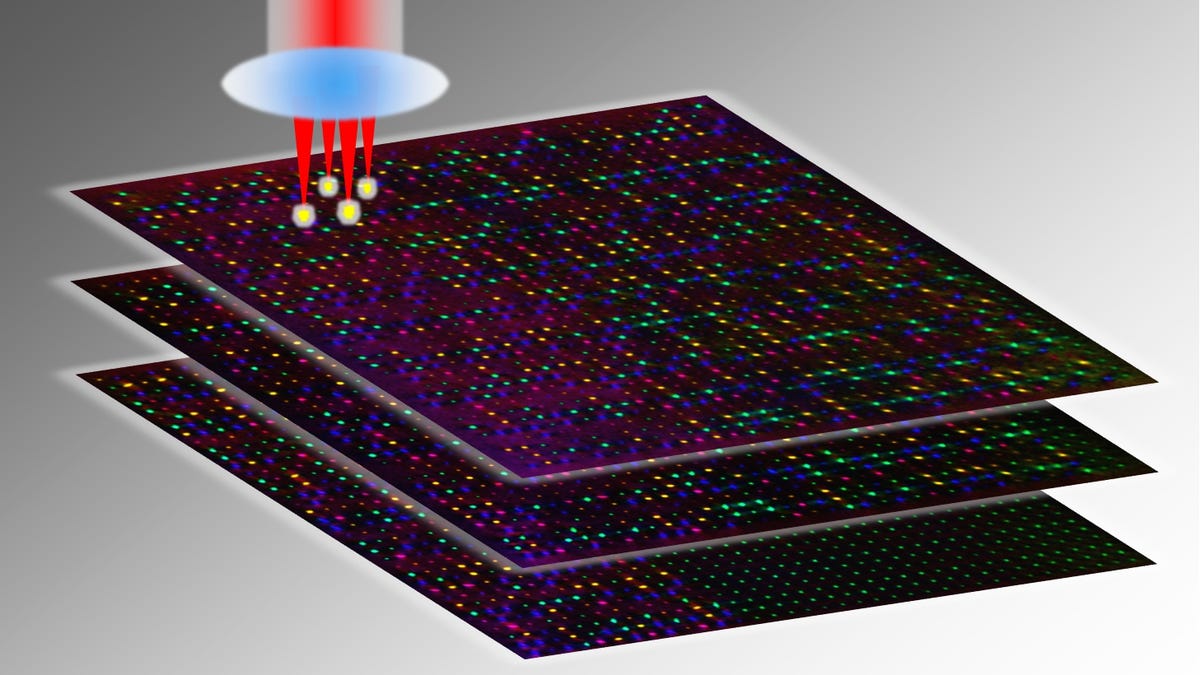A 360TB disc that holds data for more than 1 million years?
A major breakthrough in storage technology could dramatically change our perception of data preservation.

In the future, we might be able to save our history to a glass storage medium that could potentially outlive humankind. The new type of memory also touts mind-blowing specifications, such as 360TB per disc data capacity and the ability to withstand extreme temperatures up to 1,832 Fahrenheit.
By harnessing the power of a speedy femtosecond laser, researchers successfully wrote and read 300KB of data to an everlasting medium that consists of self-assembled nanostructures within fused quartz. Think of it as a real-life version of the memory crystals seen in the old "Superman" movies.
Amazingly, the femtosecond laser, which emits short and powerful pulses of light, can encode data to three layers of nanostructured dots within the glass only five micrometers apart. The researchers claim the femtosecond laser writes data in five dimensions -- a figure based on the size, orientation, and three-dimensional position of the nanostructures.
A team from University of Southampton's Optoelectronics Research Center and Eindhoven's University of Technology took part in the storage breakthrough. The team leader was Led by Jingyu Zhang.
"It is thrilling to think that we have created the first document [that] will likely survive the human race," said Professor Peter Kazansky of the Optoelectronics Research Center. "This technology can secure the last evidence of civilization: all we've learnt will not be forgotten."
What's next? Zhang and his team now seek partners to bring this technology to the commercial level. If you're a science nerd, read the official "5D Data Storage by Ultrafast Laser Nanostructuring in Glass" paper (PDF) originally submitted to the Conference on Lasers and Electro-Optics in San Jose, Calif.

